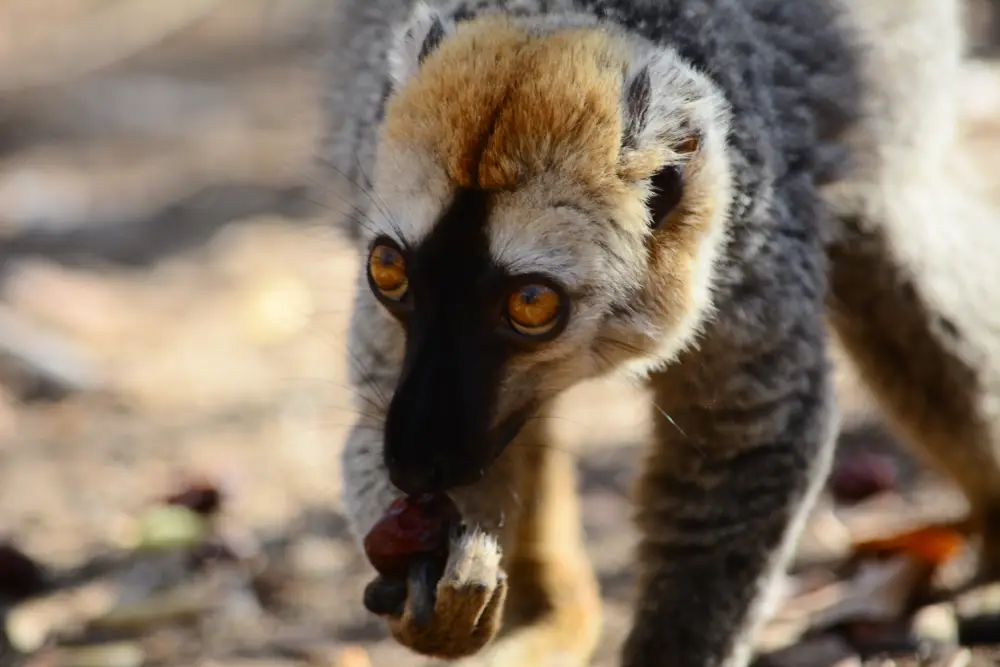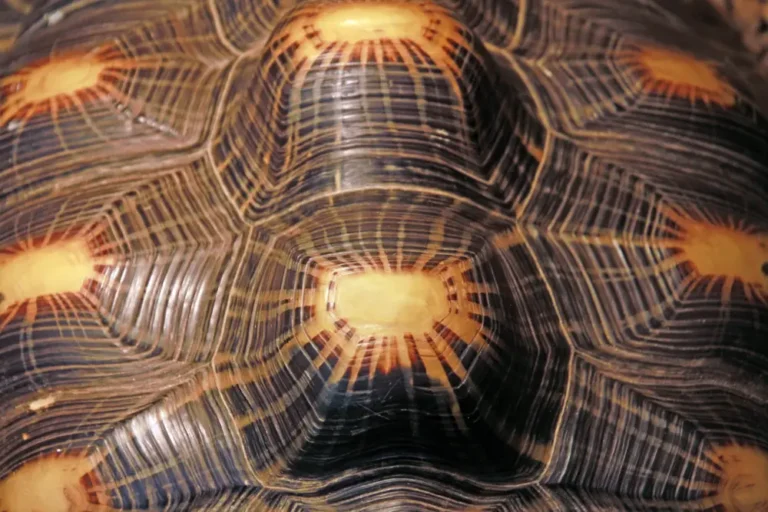Mikea National Park is a natural treasure located in the southwest of Madagascar, between the Mangoky and Manombo rivers. This vast protected area, covering nearly 185,000 hectares, stretches about 120 kilometers in length and lies in the Atsimo-Andrefana region, not far from the districts of Toliara II and Morombe.
There is a wide variety of habitats, ranging from semi-deciduous dry forests to thorny scrublands adapted to sandy and calcareous soils. This diversity allows many endemic plant and animal species to thrive. Among the most famous are several species of baobabs, including Adansonia grandidieri, as well as eight to nine different species of lemurs. The park also shelters carnivores like the fosa, numerous birds (more than a hundred species), as well as unique reptiles and fish.
The climate in this region is rather dry, with a cold season from June to August, during which temperatures can drop to around 14°C (57°F), and a hot season from December to February, where temperatures can exceed 35°C (95°F). Rainfall is rare and mainly concentrated between November and April.
To visit Mikea National Park, one must start from Toliara and take National Road 9 to Ankililoaka, where the main office of Madagascar National Parks is located. The park lacks major tourist infrastructure, making it a destination reserved for visitors willing to organize their stay with the help of local managers.
Park management is a collaboration between the State and local communities, who play a key role in the conservation and sustainable development of the site. Since 2019, the Foundation for Protected Areas and Biodiversity of Madagascar has provided significant financial support to strengthen this management.
Mikea Park is also a unique cultural site as it is the territory of the Mikea people, one of the last groups of hunter-gatherers in Madagascar. Their traditional way of life adds a valuable anthropological dimension to the site.
However, the park faces threats such as bushfires, deforestation, hunting, and uncontrolled exploitation of natural resources. Thanks to the joint efforts of authorities and communities, the situation is improving, but protecting this natural and cultural heritage remains a constant challenge.
In summary, Mikea National Park is a marvel of Malagasy nature. It offers exceptional landscapes, rich biodiversity, and a rare local culture. It is an important place for scientific research, conservation, and environmentally respectful tourism.
Some emblematic species of Mikea National Park
| Scientific Name | Common Name / Description | Status / Remarks |
| Cryptoprocta ferox | Fosa | Endemic carnivore, Endangered |
| Microgale jenkinsae | Voalavo (Jenkins’ Microgale) | Local endemic, Endangered |
| Macrotarsomys petteri | Petter’s Giant Rat | Local endemic |
| Pteropus rufus | Kinakina (Fruit Bat) | Endemic bat, Vulnerable |
| Cheirogaleus medius | Bodognohy (Lemur) | Threatened lemur |
| Eulemur fulvus rufus | Variky (Lemur) | Threatened lemur |
| Lemur catta | Maki (Ring-tailed Lemur) | Vulnerable |
| Lepilemur ruficaudatus | Red-tailed Sportive Lemur | Lemur |
| Monias benschi | Naka (Bird) | Endemic, Vulnerable |
| Uratelornis chimaera | Toholoranto / Bokitsy (Bird) | Endemic bird, Vulnerable |
| Erymnochelys madagascariensis | Réré (Aquatic Turtle) | Endangered |
| Furcifer antimena | Tanalahy (Chameleon) | Local endemic, Vulnerable |
| Liophidium chabaudi | (Endemic Snake) | Local endemic |
| Pyxis arachnoides brygooi | Tsakafy (Tortoise) | Local endemic |
| Phelsuma standingi | Atsatsaky (Gecko) | Vulnerable |
| Adansonia grandidieri | Baobab | Endemic, Endangered |
| Adansonia rubrostipa | Baobab | Endemic |
| Paratilapia polleni | (Endemic Fish) | Endemic, Vulnerable |
This list is not exhaustive but presents the main flagship species of the park.






